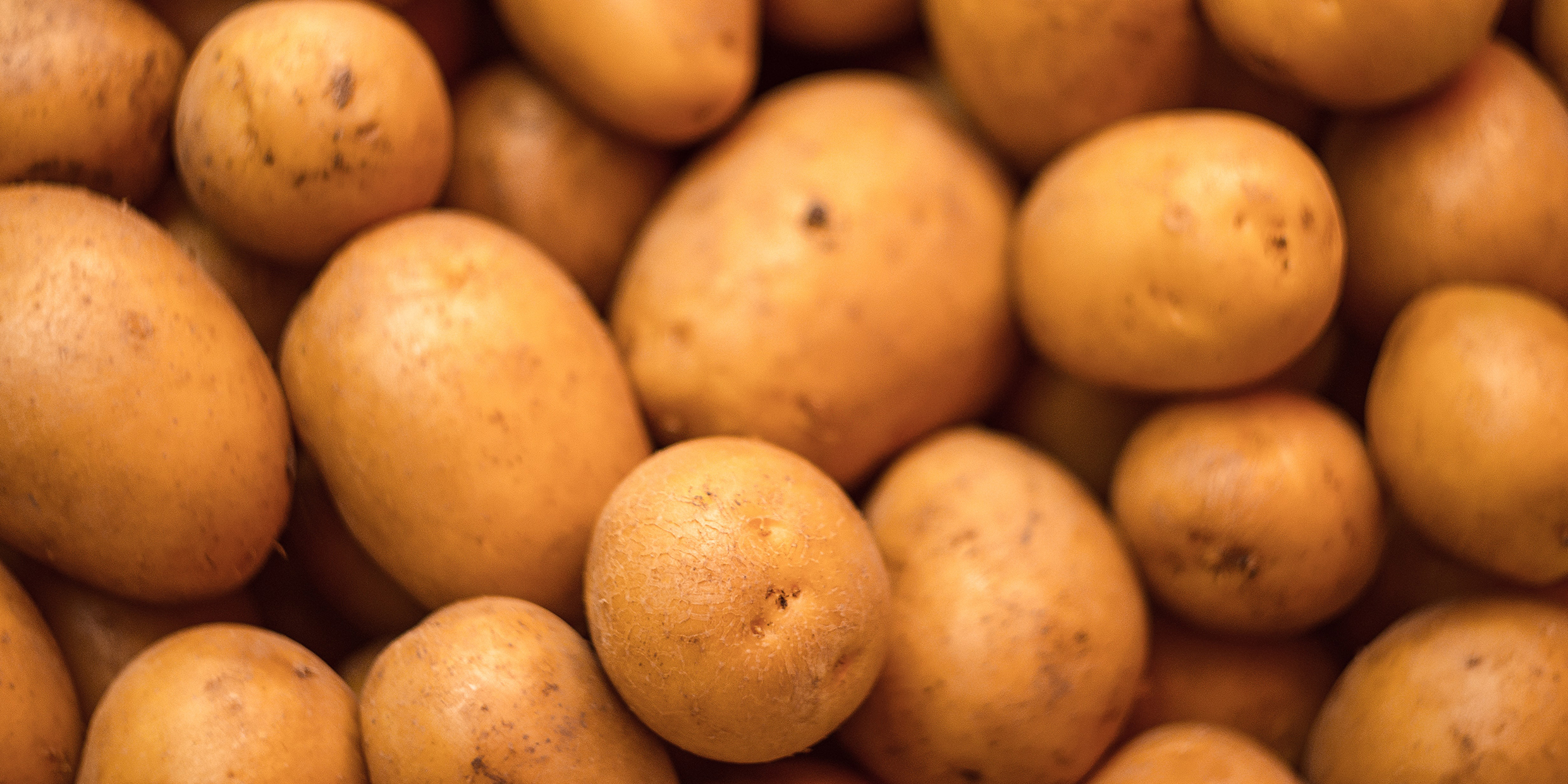Originally published 28 December 1998
Here are some true science stories you may have missed during the past year, mostly drawn from the pages of the journal Science:
- Australia’s Commonwealth Scientific and Industrial Research Organization and a company called Bioclip Pty Ltd. announced the development of self-shearing sheep. No more muscled, bare-chested Aussie hunks wielding shears in big dusty sheds. Now, at shearing time, the animals will be given an injection of a protein substance called Bioclip, and in a week the wool falls off clean to the skin. Of course, 150 million Aussie sheep will need to be fitted with hairnets to catch the falling wool, a task macho ex-shearers may find too sissy.
- A group of scientists from the Center for Wildlife Conservation in Seattle has developed a method to extract and amplify DNA from bear feces and match the feces to individual bears. Any bear that makes a mess in the forest can now be identified. Why anyone would bother remains unclear.
- Several studies reported a correlation between the study of music and brain development. Governor Zell Miller of Georgia is ahead of the curve. In January, he proposed to the Georgia legislature that the state buy a classical tape or CD for every baby born in the state — more than 100,000 a year. Mozart and an bulging cerebellum could soon be the birthright of every Georgian.
- The prestigious science journal Nature broke new ground last month when it published a full-page ad showing a naked human couple in full-body embrace. The ad touted a Swiss biotech company called Dictagene that sells chemically synthesized proteins. Apparently, the entwined bodies are supposed to symbolize the beauty of proteins. What next? Science centerfolds?
- The world’s largest and stinkiest plant bloomed in June at Miami’s Fairchild Tropical Garden, only the sixth documented bloom of the huge plant in the United States in this century. The plant is a native of Sumatra, where its stench — which resembles decaying flesh — attracts the carrion beetles that it relies upon for pollination. Whether carrion beetles are available in Florida to do their task, we were not told, but 5,500 humans showed up to admire the 5‑foot-high blossom and sniff the malodorous fumes.
- Watch out for those counterfeit Idaho spuds! Apparently, impostor potatoes have been passed off as the real thing. To counter the scam, the Idaho Potato Commission asked chemist Kim Anderson to find a way to identify the true Gem State tuber. She devised a method based on minute amounts of copper, zinc, nickel, and dozens of other elements in the potato, which presumably match the unique composition of Idaho soil. Consumers may wonder why they should prefer Idaho potatoes, if it takes an analytic chemist to tell the difference.
- Do octopi have fun? A question worthy of a scientific answer. Animal behaviorists Jennifer Mather of the University of Lethbridge in Alberta and Roland Anderson of the Seattle Aquarium gave plastic pill bottles to octopi in tanks. At first the animals showed mere curiosity, but soon devised a game with the objects, pushing them into the water stream flowing into the tank and letting them drift back, over and over again. This is the first time invertebrates have been observed to play.
- Gibbons have been long thought to be most blissfully partnered of primates, living in tight, stable family units. “The impression was that they were monogamous… [and] therefore, that they were fairly boring,” says anthropologist Thad Bartlett of Dickinson College in Pennsylvania. But at an April meeting of the American Association of Physical Anthropologists, Bartlett offered evidence that gibbons are as randy as their human cousins, engaging in infidelity, abandonment, and raising step-children from other unions.
- Also on the primate front, Oliver the purported human-chimp hybrid has been decisively debunked. After a checkered career in side shows and theme parks, Oliver now resides in an animal rescue center in San Antonio, Texas. For several decades, the animal attracted attention because of his habit of walking upright, his disproportionately small, bald head, and his “eerily human” face. He is also known to sit down at night with a beer to watch television. All of which led to widely-circulated rumors that he was the product of a human-chimpanzee mating. Not so, say geneticists John Ely of San Antonio’s Trinity University and Charlene Moore of the University of Texas, who performed a genetic analysis of Oliver’s blood. The beer-sipping primate is all chimp, they conclude, his television habits notwithstanding.
- The Hall of Exploration at Baltimore’s new Columbus Center inaugurated an innovative science display: a research lab behind plate glass, staffed by the University of Maryland’s Center of Marine Biotechnology. The idea was that the public would line up at the window to watch real, honest-to-God, white-coated scientists at work. The exhibit was soon closed as a flop. Apparently, visitors found the multimedia shark display vastly more interesting.
Share this Musing:



